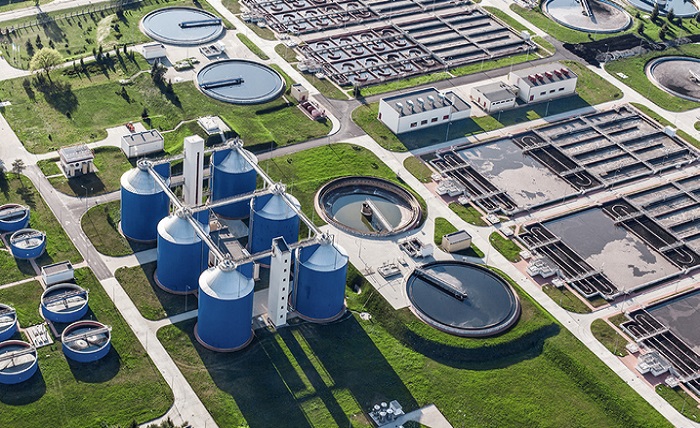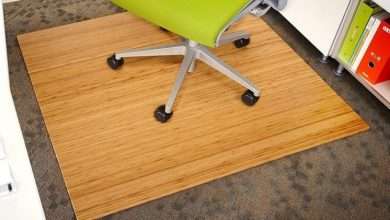What You Must Know About RO Sewage Treatment Plants

One of the best filtration systems used to get fresh water has got to be the reverse osmosis filters. These filters form an integral part of water purifiers and wastewater treatment plants. A wastewater or sewage treatment plant comprises different components and machines working together.
The primary purpose of these plants is to clean up dirty and impure water to provide fresh water. People use these systems to get water for many purposes besides just drinking. These plants form an integral part of several industries. These include companies that supply drinking water, food and beverages.
If a person wants to set up a business that supplies water and beverages, they must know about such purifying systems. An aspiring entrepreneur must know how to set up and maintain such machines.
One can search on the internet about this matter using keywords like water purifier service near me in Noida. This will help a person find the best technicians and service providers to help them in this case.
Primary Stages In Any Sewage Treatment Plant
Certain purification stages are present in every sewage treatment plant, including those using reverse osmosis filters. One needs to know about these stages to know how much treatment plants work. The stages involve not only filtration processes but also chemical and ionisation treatments.
The first stage involves chemical treatments involving the removal of chlorine. After this, the impure water has to go through sand and carbon filters that remove most solid impurities. The water again has to pass through chambers containing chemicals. These chemicals reduce the number of impurities like calcium sulphate and acids.
The impure water then has to go through the reverse osmosis filters. The membranes present here to reduce the TDS levels of water by removing most solid impurities, including microbes. The membranes also remove any other chemical impurities that might be present.
The water then has to go through softening and ionising chambers. These use electrolytic reactions to remove the hardness from water. The reactions remove mostly negative ions and replace them with positive ones. These also enhance the water’s pH levels making them more alkaline.
The water must go through carbon post filters that remove further impurities. Most RO treatment plants can also use ultrafiltration and ultraviolet filters as well. The water must pass through these two filters after the reverse osmosis membranes have treated it.
Maintenance Of RO Sewage Plants
The maintenance of reverse osmosis sewage plants can sometimes be tricky due to their complex designs. A person might need to call a team of technicians for this matter. One can search on the internet to find the best service providers who can be helpful in this case. A person can use keywords like RO service in Noida to conduct this search.
First, a person can use simple techniques such as cleaning and replacing parts of a sewage treatment plant. One can wash and clean all the filtration systems to remove all impurities accumulated on them. A person can perform the same processes for other parts such as water tanks, pipelines and ionising chambers.
However, in the case of sewage treatment plants, a person needs to use several compounds and materials for maintenance. These compounds can include specific polymers, for example. A user must also perform scaling, colloidal fouling and biofouling. These processes aim to eliminate impurities in the pipelines and water tankers. One can also kill most microbes present in water using these processes.
Membranes Used By Sewage Treatment Plants
Most RO sewage treatment plants use a combination of the two types of reverse osmosis membranes. These are mainly thin film composite and cellulose triacetate membranes. A sewage plant can use both for purifying water. Most current versions of such plants also use cellulose-based membranes coated with aromatic compounds.
Such membranes tend to be more effective when removing chemical impurities. Most of the latest treatment plants use these along with thin film membranes. These also use ultrafiltration membranes and ultraviolet filters as well. All the filters work together to purify the water. However, the water must first go through the RO filters after pre-filtration.
The warranty of these filters might differ based on their designs. Therefore, one needs to contact technicians to know when to replace them. One must also replace them if the filters have suffered irreparable damage. Apart from this, one also needs to maintain ionising chambers. This can help to protect the membranes from damage due to complex ions.





